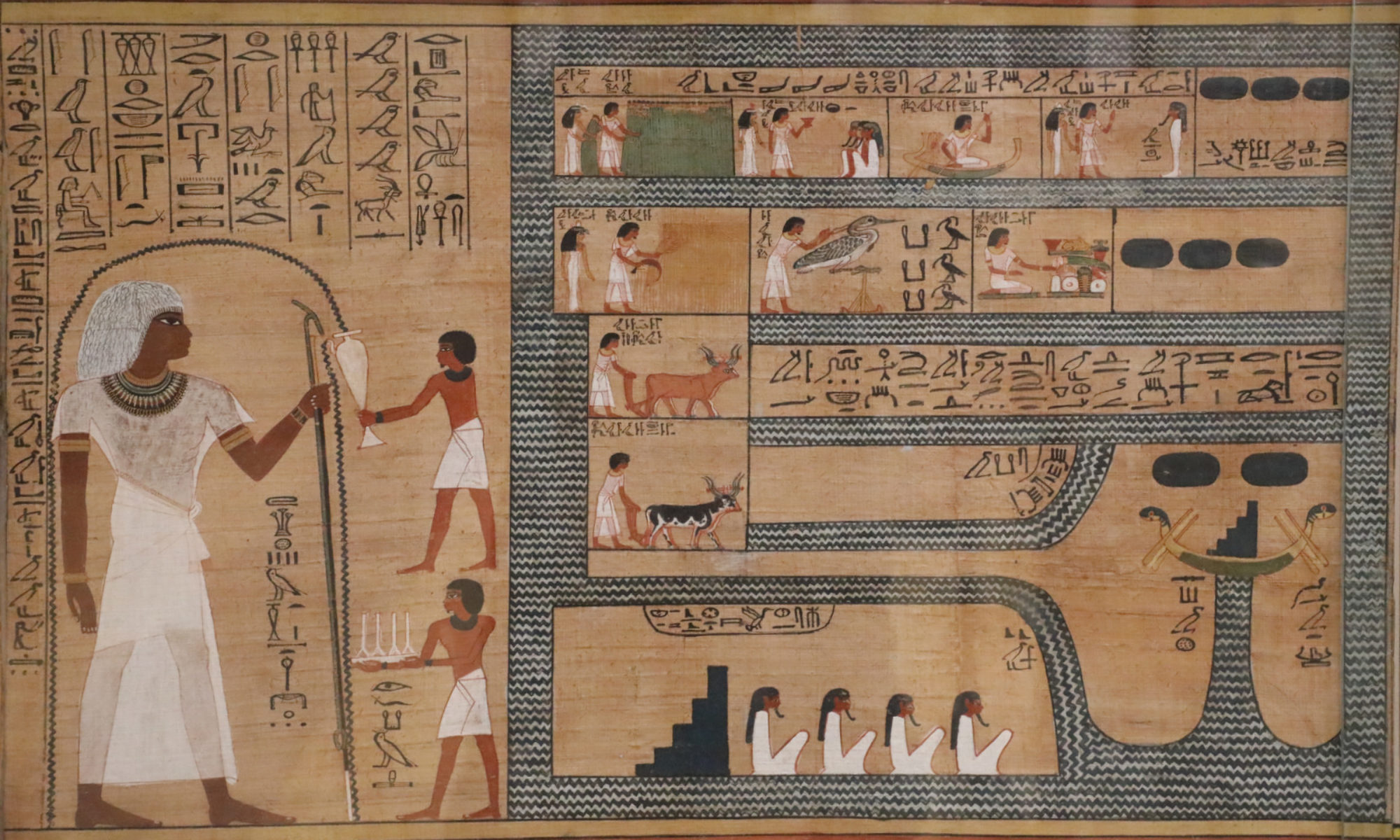Gray inks are lighter-tone black inks. The need for gray inks in inkjet is multifold. Partially they are used for the same reason as the light magenta and light cyan, that is , to minimize graininess of the image. However, there is another reason. Human eye is very sensitive in determining the hue (shade) of the gray. Some shades of gray are objectionable to the human eye. Consider the black-and -white images in B/W professional photography. A green cast of the B/W photographs is objectionable for many and people prefer either slightly warmer, redder tones, or cooler, blue tones, or just a perfectly neutral tone. Note that we are talking here about very small deviations from the neutrality, within 2-4 chroma units; however human eye is very sensitive along the neutral axis of the color space and can distinguish very small shifts in the tone.
Normally, gray tones would have been reproduced by some combination of light cyan, light magenta and yellow inks printed on paper. However inkjet printing is not perfect; the drop volume of the inks can vary either randomly, or as a function of the temperature of the inks. Thus, as the temperature of the ink increases, the viscosity of the ink goes down and the drop volume goes up. The temperature variations either can come from the environment or from the degree to which the printhead has been exercised, as the heavy usage can make the printhead hotter. These variations can cause the shift in the tone of the gray image formed by lc-lm-Y drops outside the acceptable range.
However, if the gray inks are pre-formulated as single inks, they can be printed along the neutral axis of the image and the accuracy of the color tone will be sustained.
The formulation of the gray inks is a separate story. Diluting the black inks to make gray ink is not sufficient, as it produces not perfectly neutral tone, ands some shading additives will still be needed. Thus, for pigmented inks, the carbon black that is normally used in black inks has a brownish tone, and it would require some shading by blue or violet colorants to neutralize the tone. Similarly, in dye based inks, the shading additives will be also required.
A perfect B/W photograph can be produced by combination of 3 levels of gray: Light Gray for extreme highlights, Medium Gray for mid-tones, and Black, for the very dark areas. The resulting image will be indistinguishable from an AgX photograph!
Originally the gray inks were proposed for inkjet printing of B/W photographs; then it was realized that they also help with the overall accuracy of the color reproduction, and are now included in multicolor ink sets of many printers.
